Probably the best view in Athens is not from the Acropolis
bur from Mount Lycabettus because you can actually see the Acropolis from it.
Situated a short distance northeast of the city center, 908-foot (277 meter)
high Mount Lycabettus is the highest hill in central Athens and definitely
worth the trip. It’s not much of a feat
for an experienced hiker, but it’s also possible to cheat and take a funicular
to the top after a significant hike up hilly streets and stairs to its bottom
station. In ancient times the hill was believed to have been created by Athena
and to be a dwelling place of wolves.
Nowadays there’s a chapel dedicated to Saint George at the top, along
with a restaurant. The real reason to come, though, is the spectacular view of
the whole Athens metropolitan area.
From the summit you can recognize how vast Athens actually
is, with a metropolitan population somewhere over three million. It also makes you realize how small tourist
Athens is in the scheme of things. In over
four days in the city we were able to walk to everything of touristic interest
without having to take the metro or taxis at all, except for the metro ride
from the airport on our arrival and a taxi to the port at Pireaus for
departure.
The Acropolis looks far from
Mount Lycabettus, but the reality is that it is probably less than two miles
away as the crow flies – very easy to hoof.
The hilly neighborhood along Lycabettus lower flanks is
called Kolonaki and is one of the most posh in Athens. Despite its glorious history and reputation, much
of Athens has a somewhat run down look to it, covered with graffiti, and with
some obvious poverty. The Kolonaki neighborhood between the mount on one side
and Parliament and Athens Museum Row on the other is the exception. It is also less touristy than center around the
Plaka and Monasteriki closer to the Acropolis.
Rodrigo and I took Lonely Planet’s advice and had dinner one night at
Oikeio restaurant in the neighborhood for what I think was a less expensive and
much more authentic dining experience than you’d find in the tourist
zones. We ate the Greek way, sharing
numerous delicious, reasonably-priced but not large dishes. Real Greek food is nothing like the cliché stuff
you find in Greek restaurants elsewhere in Europe of America that also dominate
Athens’ tourist zones. But more on Greek
food in a later entry.

 Athens, Greece
Athens, Greece
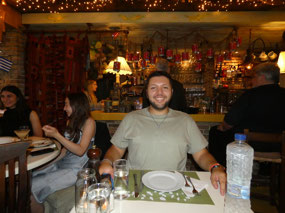





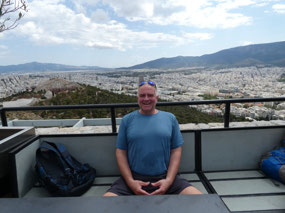
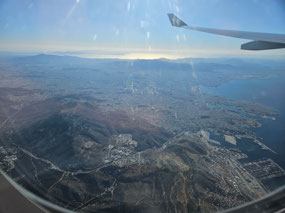
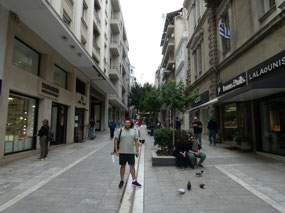
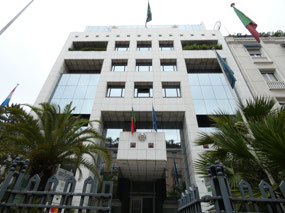

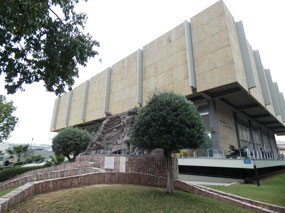

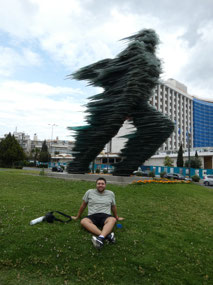
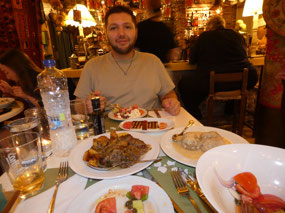
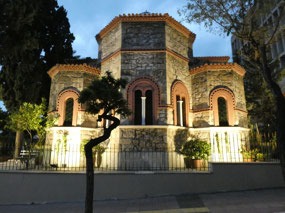
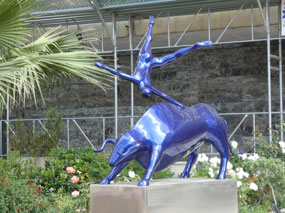
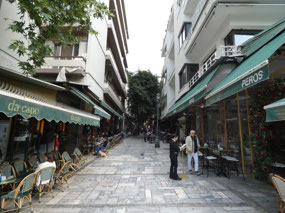
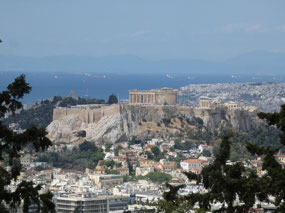
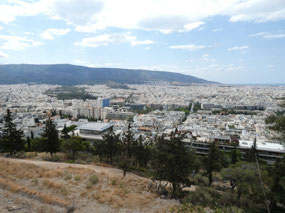
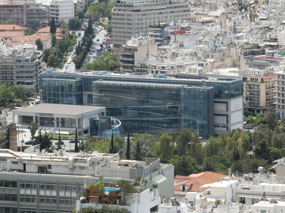
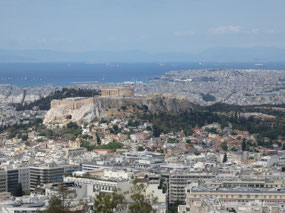

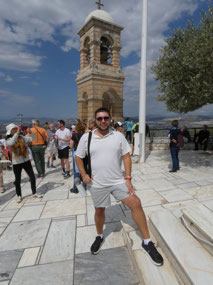
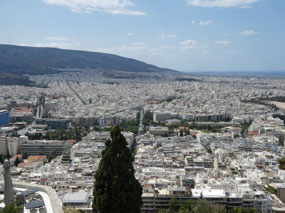
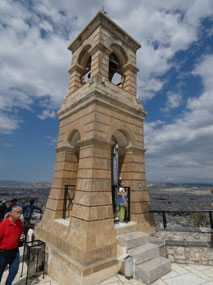

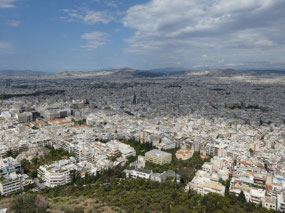
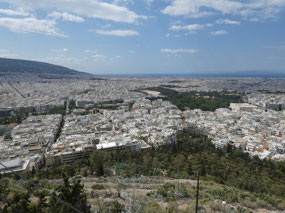
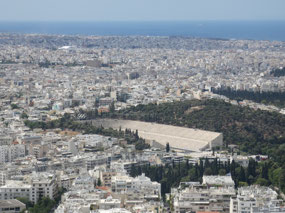
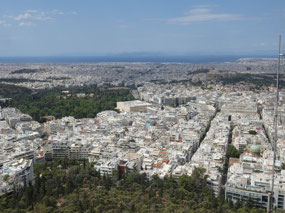
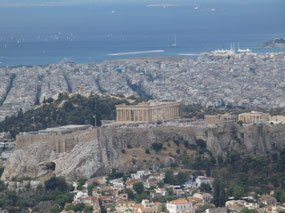
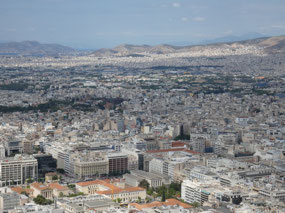



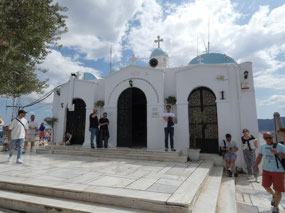

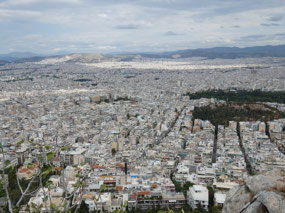

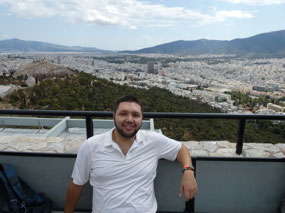
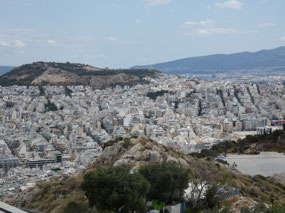
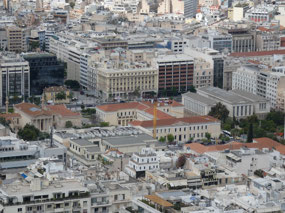
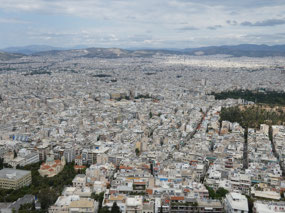
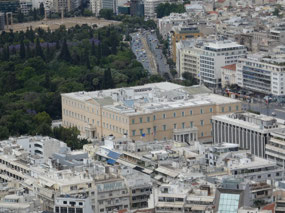
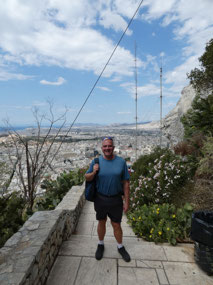
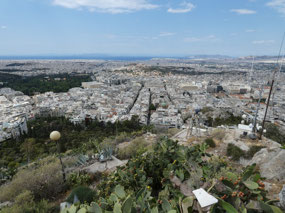
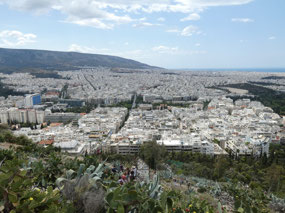

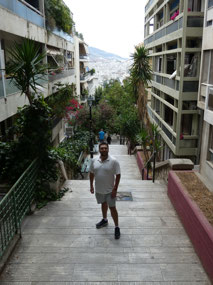
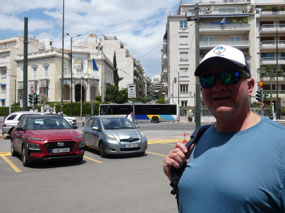
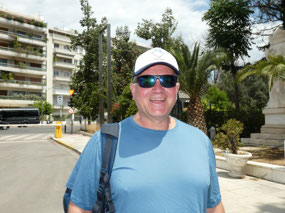
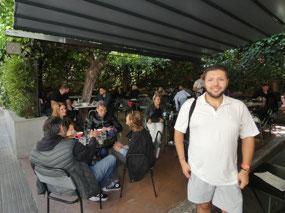
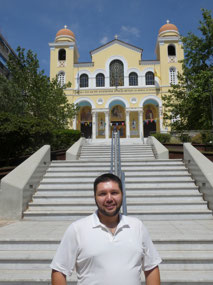

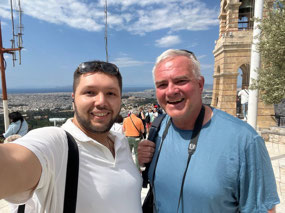
2025-05-23